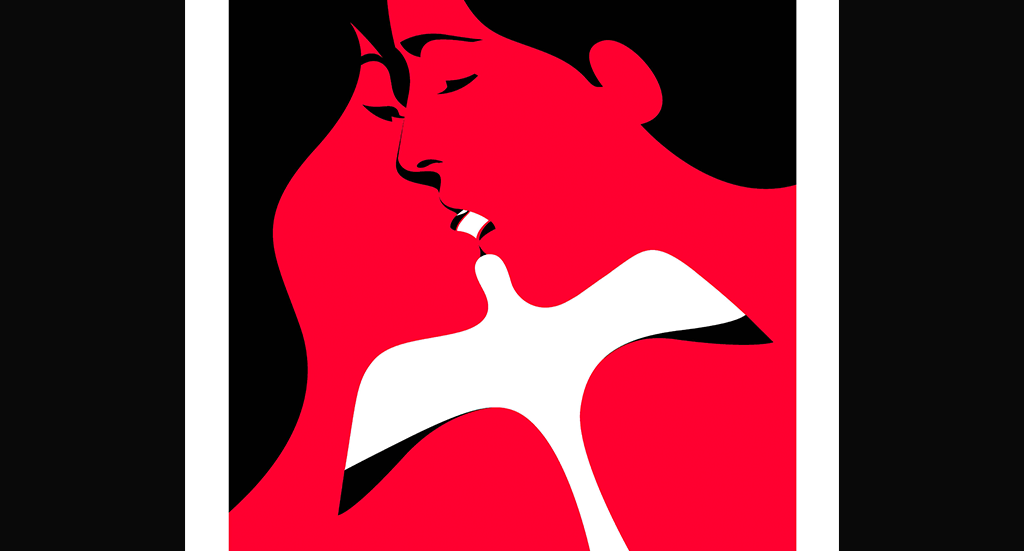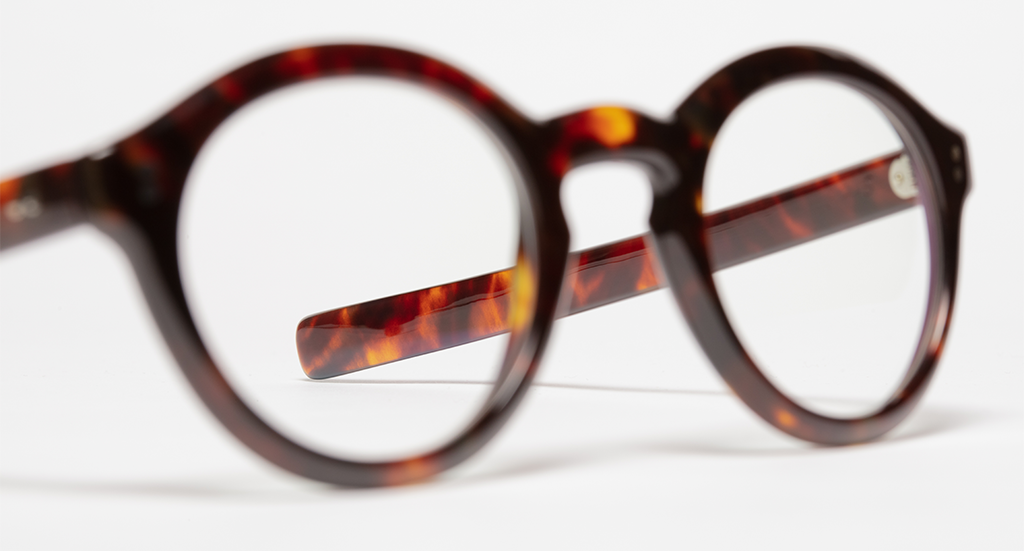antibeige your life
Candilis & Blomstedt going brute
Antibeige your life with Georges & Anja Helena





Good architects are often good designers, too. Either because they develop the interior for a planned building at the same time, or because they want to implement their principles and ideas in furniture design. Candilis (1913 – 95) is a very interesting example of this, because he explored these „interfaces“ from the very beginning. As an architect, he worked with Le Corbusier in Paris from 1946 and one year later, he became project manager for the construction of the Unité d’Habitation in Marseille.

In ’51 he opened his own office with Shadrach woods, later joined by Alexis Josic. They became also part of ‚Team X‘ (10) architects, planning an „Utopia of the Present”. They planned and realised major urban planning projects like the extension of Bagnols-sur-Cèze (1956-62) and similar projects in Marseille, Nimes and Berlin. In 1963 they developed a master plan for the Römerberg (Frankfurt/not realised) and they planned the main building of the „Freie Universität Berlin“ (1967-73).

Candilis was a leading part of the mid-60’s tourism development program on France’s mediterranean coast where Jean Balladur planned La Grande Motte, Candilis worked on similar tasks in Leucate-Barcarès further south. For one of these resorts in Port Leucate, he closely collaborated with Finnish interior designer Anja Helena Blomstedt. Blomstedt had already worked with Charlotte Perriand for the „Les Arcs“ ski resort.

The furniture had to be robust and practical, with a focus on efficient design and production to keep costs down. The series was then produced by French manufacturer „Sentou“, well-known working with designers like Alexander Girard or Ray & Charles Eames. The chairs and tables are composed of very stable plywood panels, connected with metal brackets, the design is formally very straightforward, geometric – and „honest“, in the truest sense of the french word „brut“ (raw, naked).

„You have to be direct and brute“, Candilis wrote about his architectural style – and the term is meant in the sense of directness, honesty and uncompromisingness. By the way: in 1972 the two designers together developed the „Hexacube“, an innovative and experimental „tiny house“: plastic shells used as floor and ceiling elements, which together form a room in the shape of a honeycomb.







Join our Community